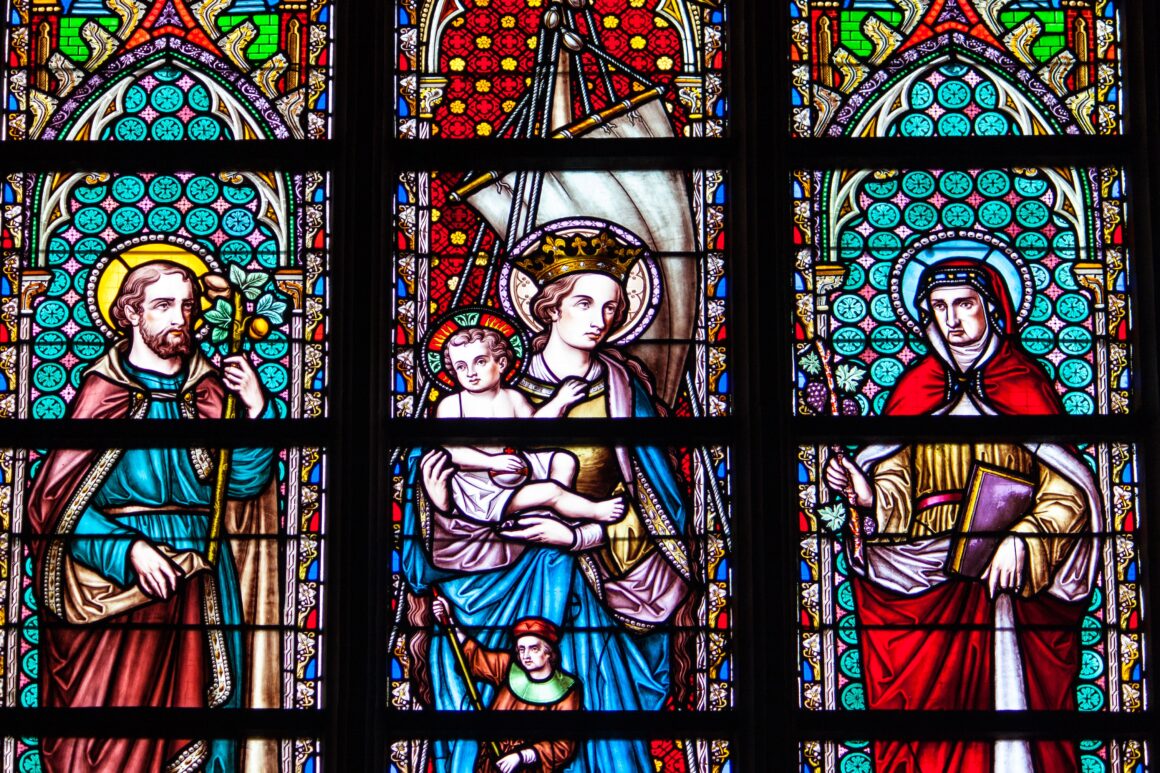The modern-day Christians live in a new time dispensation, where grace supersedes the law. The atonement through the death of Christ led to the abolishment of the york of the law of Moses, accounting for the contrast between the two dispensations. The content of the old testament aligns with the events and doctrines relevant to the saints living during the age. Similarly, the content of the New Testament aligns with issues that emerged after the death of Jesus Christ. Despite the strong evidence of the distinction between the Old and New Testaments, the Bible indicates that all scripture is God-breath and is profitable for teaching, correcting, rebuking, and for training.[1] It is, therefore, imperative to establish a correct interpretation and legitimate application in the lives of Christians. This reflection presents a perspective of teaching or preaching through the lens of both the old and New Testaments.
The distinctions between the New and Old Testament laws in regards to the practices and doctrinal requirements have been highlighted in Block’s analysis in chapter 3 and 4. Preaching based solely on the old testament principles may not be relevant to people living in the contemporary setting, however, integration of the New Testament concepts can lead to a sound understanding of the key issues under analysis.[2] The perspectives for teaching interpretation and legitimate application of both the New and Old Testament could be presented through the analysis of the symbolic events and practices alongside the corresponding interpretations in the New Testament.
The life and death of Jesus Christ depicted myriads of symbols that correlate with old testament occurrences. Cognizant of the confusion that may arise among the followers, Christ pointed out that he had not come to abolish the law, but to bring them to accomplishment.[3] If indeed, Christ came to fulfill the law of Moses, then the events traversing the old testament bear a relationship with that in the life of Jesus. The points of symbolic references for this analysis include the atonement practice, the ten commandments, and access to the holiest place.
Atonement practice is evident in both the New and Old Testaments. In the old testament, the Israelites needed to undergo cleansing to purge their sins. The high priests bore the responsibility of making blood sacrifices, after which, a scapegoat was released into the wilderness, to carry away the sins of the people. In that manner, Israelites were considered clean and redeemed from their sins. The coming of Christ symbolized redemption from sins. John the Baptist described Jesus as the lamb that would take away the sins of the world.[4] Similarly, the gospel, according to John, pointed at God’s love towards the earth demonstrated through the issuance of His only begotten son to save humankind. Christ died, and atonement was made for the sins of the world. The death of Christ replaced the sacrificial lambs slaughtered in the old testament and the scapegoat that took away sins into the wilderness.
The ten commandments were a manifestation of righteousness that God desired from the Israelites. The gist of the commandments was to develop a reverence for God and righteous living among the people. In the old testament dispensation, the commandments epitomized the norms and code of conduct expected of God’s people. After the coming of Jesus Christ, a new manifestation of righteousness emerged, where Christ summed up the 10 commandments into the law of love. In his teachings, Christ commanded the people to love their neighbor as they would love themselves. The concept of love has also been emphasized by apostle Paul when he pointed out that all things are in vain without love; whether there are prophecies, speaking in strange tongues, healing, and other forms of miracles, without love, they are all performed in vain. Thus, the goal of the ten commandments was to establish righteousness among the people. In the new dispensation, Christ attained righteousness through the practice of love demonstrated between people.
The final concept is the access to the holiest place. In the old testament, the holy of holies was only accessed by the priests who communed with God on behalf of the people. In cases where the priests would approach the holiest place with sins in their hearts, God would strike them down to death. The coming of Christ led to the opening of access to the holiest place. Through the death of Christ, people gained access to God without the need for priests as mediators. The symbol for this action was the breaking of the vail that separated the holiest place in the temple. The splitting of the temple veil marked a new dispensation where anyone can approach the throne of God to obtain mercy and forgiveness.
Through the coming of Jesus Christ, a new approach to righteousness, sins cleansing, and communion with God was revealed. The laws of Moses sought to uphold the practice of righteousness and to teach people to love God. The coming of Jesus Christ augmented the theme by teaching people how to love one another and have reverence for God. People also have access to God through prayer, leading to improved divine relationships. Old Testament teaching, therefore, bears a strong correlation with that of the New Testament. Any teaching or preaching should consider the symbolic significance of the practices to enable attachment of the correct meaning. As confusion arises on the application of the old testament scriptures, the symbolic significance of the events and practices can be related and used as a basis for analyzing each occurrence. Besides, the evidence in the current reflection shows that the differences between the old and New Testament practices dwell on principles attributed to the different dispensations.
Bibliography
2 Timothy 3:16-17
Block, Daniel Isaac. The Gospel According to Moses: Theological and Ethical Reflections on the Book of Deuteronomy. 2. 1st ed. Vol. 2. 1. Eugene, OR, NY: Cascade Books, 2012.
John 1:29
Matthew 5:17
[1] 2 Timothy 3:16-17
[2] Daniel Isaac Block, The Gospel According to Moses: Theological and Ethical Reflections on the Book of Deuteronomy, 1st ed., vol. 2 (Eugene, OR, NY: Cascade Books, 2012), 46.
[3] Matthew 5:17
[4] John 1:29


Leave a Reply